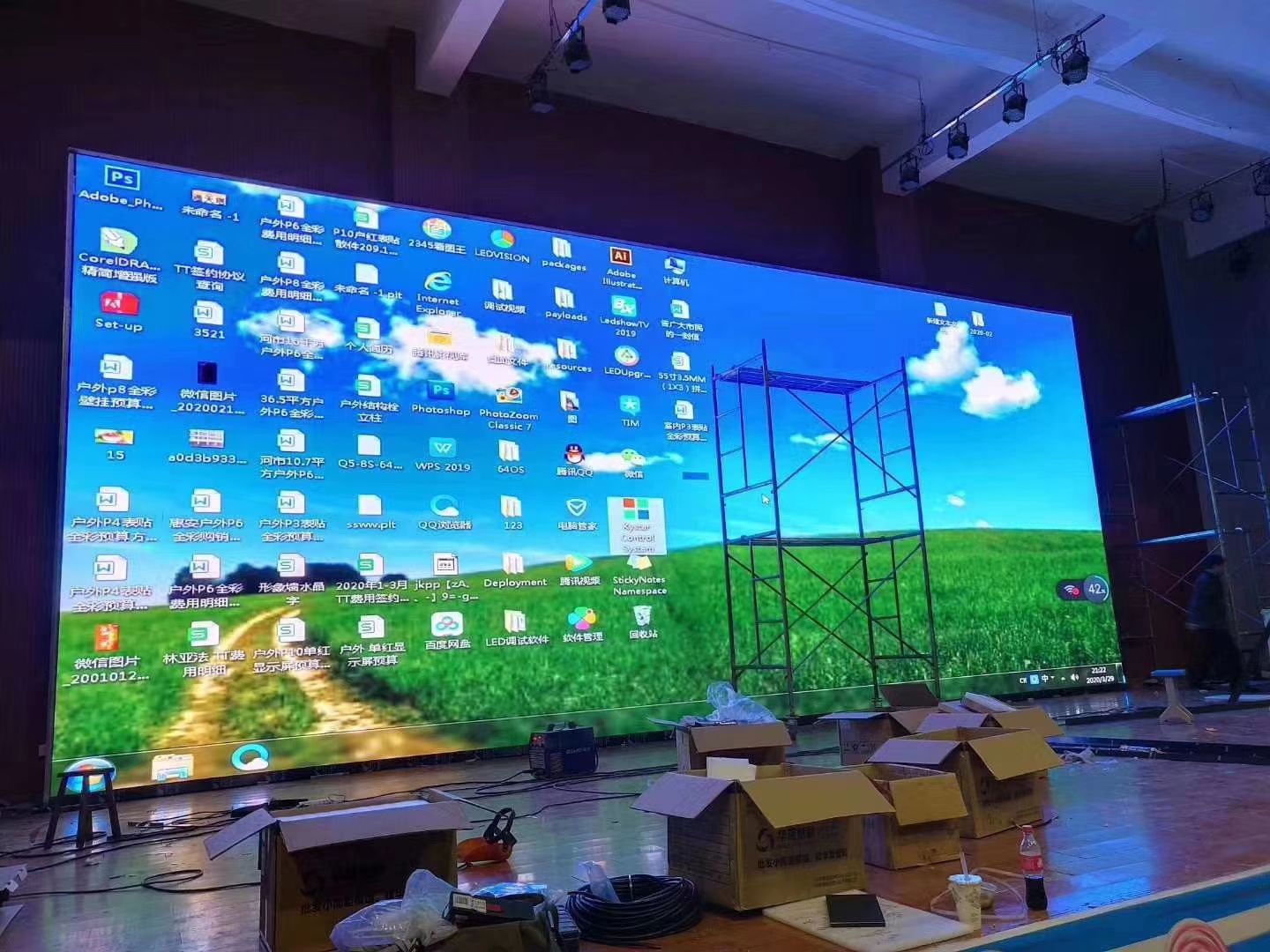Explaining Luminescent Panel Surface Brightness Metrics for Ideal Screen Performance
Explaining Luminescent Panel Surface Brightness Metrics for Ideal Screen Performance
Blog Article
LED panel screens are more and more favored across different environments, including residences and commercial spaces and communal areas. Such screens tend to be recognized due to their bright and vibrant displays, that render these ideal for conveying information, advertisements, and entertainment. However, understanding the brightness measurements of Light Emitting Diode panel screens remains essential for ensuring optimal display performance. Brightness is measured using metrics known as candelas, that show the amount of light produced by a screen. A greater number of quantity of nits, the brighter the visual is. For instance, instance, one panel boasting one thousand candelas stands considerably more vivid than one featuring five hundred candelas, rendering it more suitable in well-lit settings.
When selecting an Light Emitting Diode panel screen, one is important in consider the setting where that the screen will be placed. For brightly lit spaces, such as shopping malls and outdoor locations, higher higher brightness level becomes essential for guaranteeing clarity. On the other hand, in darker environments, like cinemas or meeting spaces, a diminished illumination rate might be adequate. This is because excessive bright excessive brightness in a dark setting may result in viewer discomfort among the audience, making it more difficult to concentrate with a screen. Thus, comprehending specific particular needs of the installation location can help in choosing a suitable illumination rate to ensure ideal visual experience.
A further crucial element to take into account the contrast differential proportion in the LED wall screen. This ratio measurement indicates the difference between the brightest white versus the darkest black shade which a panel can create. An greater contrast ratio means that check over here it is capable of present greater detail and depth, which improves general visual clarity. For instance, a panel boasting an differential proportion of 10,000:1 is able to show images with more brilliant hues as well as sharper details than one featuring a proportion of 1,000:1. Such becomes especially crucial when displaying images and motion graphics which require high definition as well as fine details, such as slideshows and advertising content.
Moreover, the mechanism that drives Light Emitting Diode panel screens plays a essential role for their brightness and overall efficiency. Various types of Light Emitting Diode methods, including OLED as well as LCD, have unique characteristics that affect the way luminosity is perceived. OLED screens often offer better differential as well as deeper blacks, which may enhance the viewing experience within dim environments. On the other hand, standard LED panels might prove to be more suitable for well-lit spaces due to their capacity to produce greater amounts of brightness. Comprehending such technological differences will help go to website users to deciding on informed choices according to specific specific requirements.
In conclusion, regular maintenance as well as adjustment for Light Emitting Diode panel panels may assist maintain ideal illumination and performance over time. Dirt and dirt may accumulate on a surface, affecting its illumination as well as clarity of a visual. Regular cleaning and expert adjustment can guarantee that the screen operates at top best, offering consistent visual quality. Moreover, certain advanced Light Emitting Diode panel screens feature with integrated options that enable users to modify brightness settings as well as color adjustments according to their wants. By implementing such steps, operators will guarantee the LED Light Emitting Diode panel screens deliver an best visual performance, regardless of the environment in that they are placed.